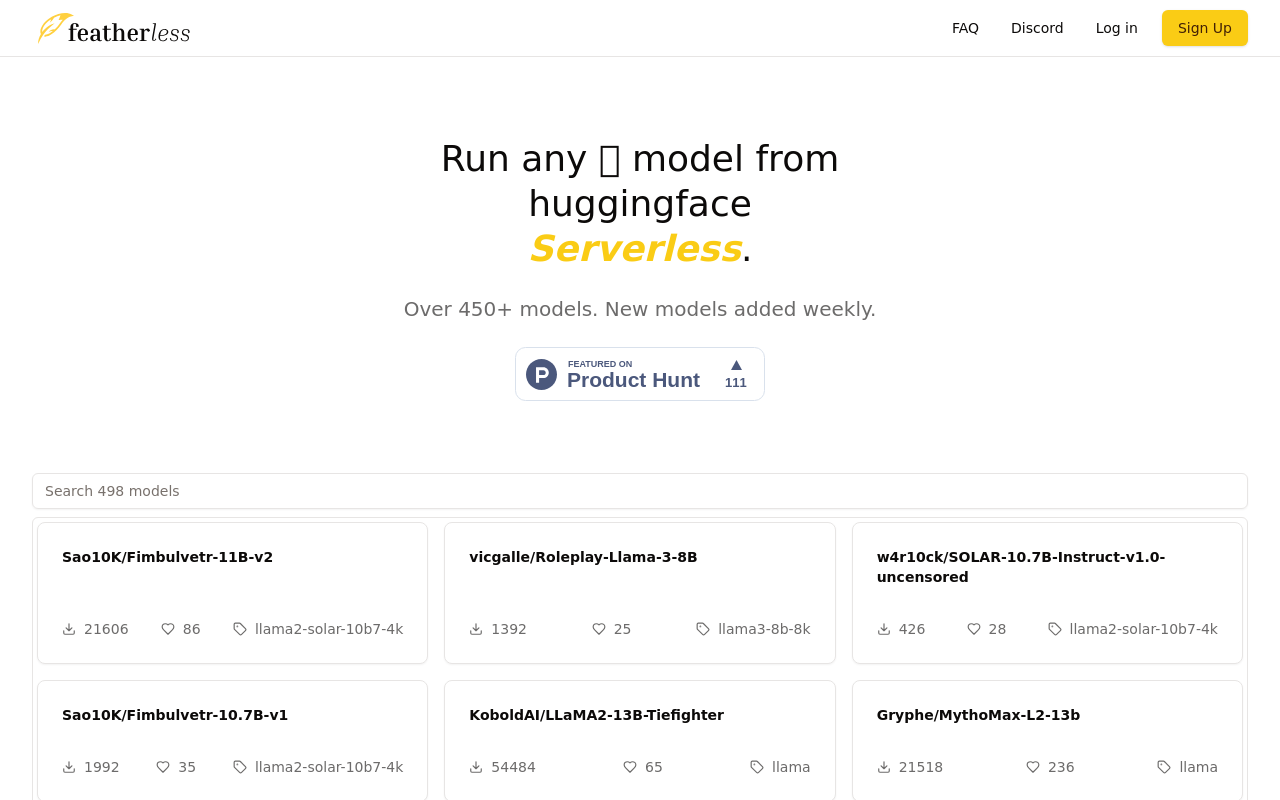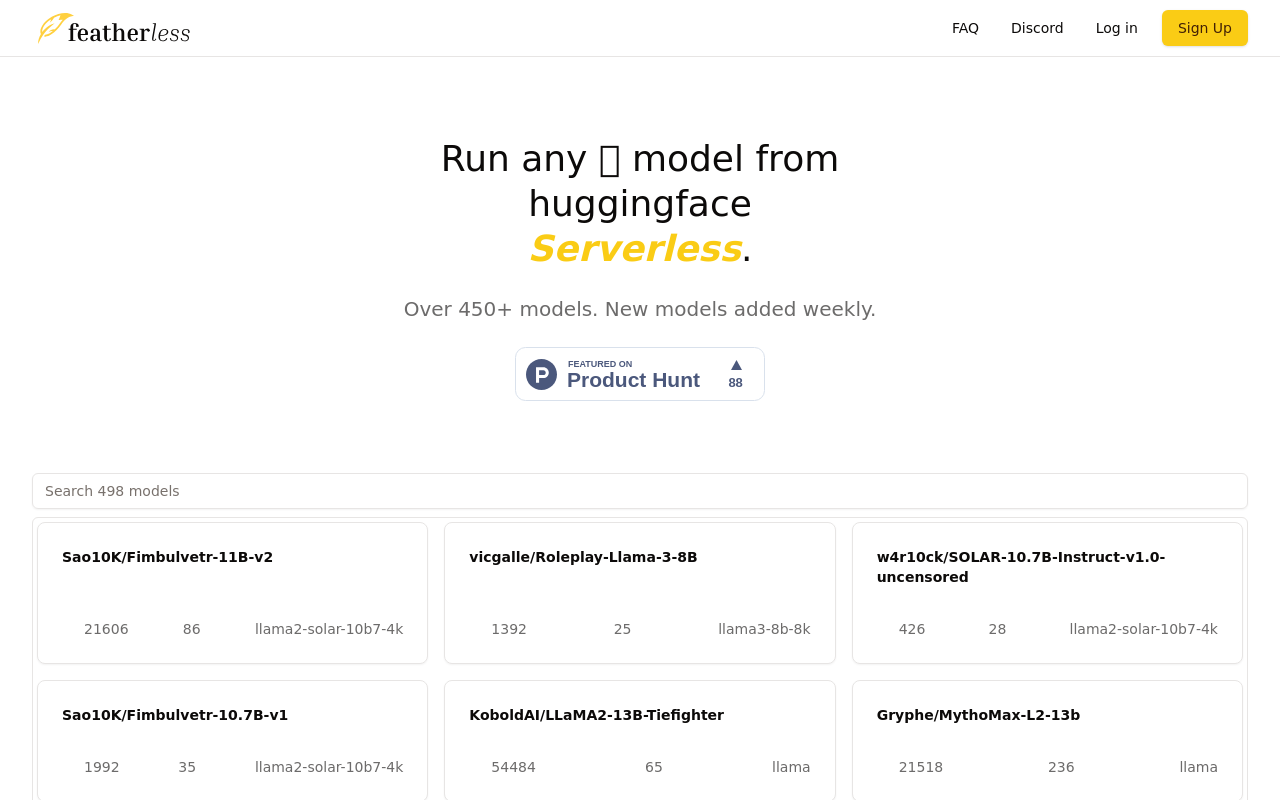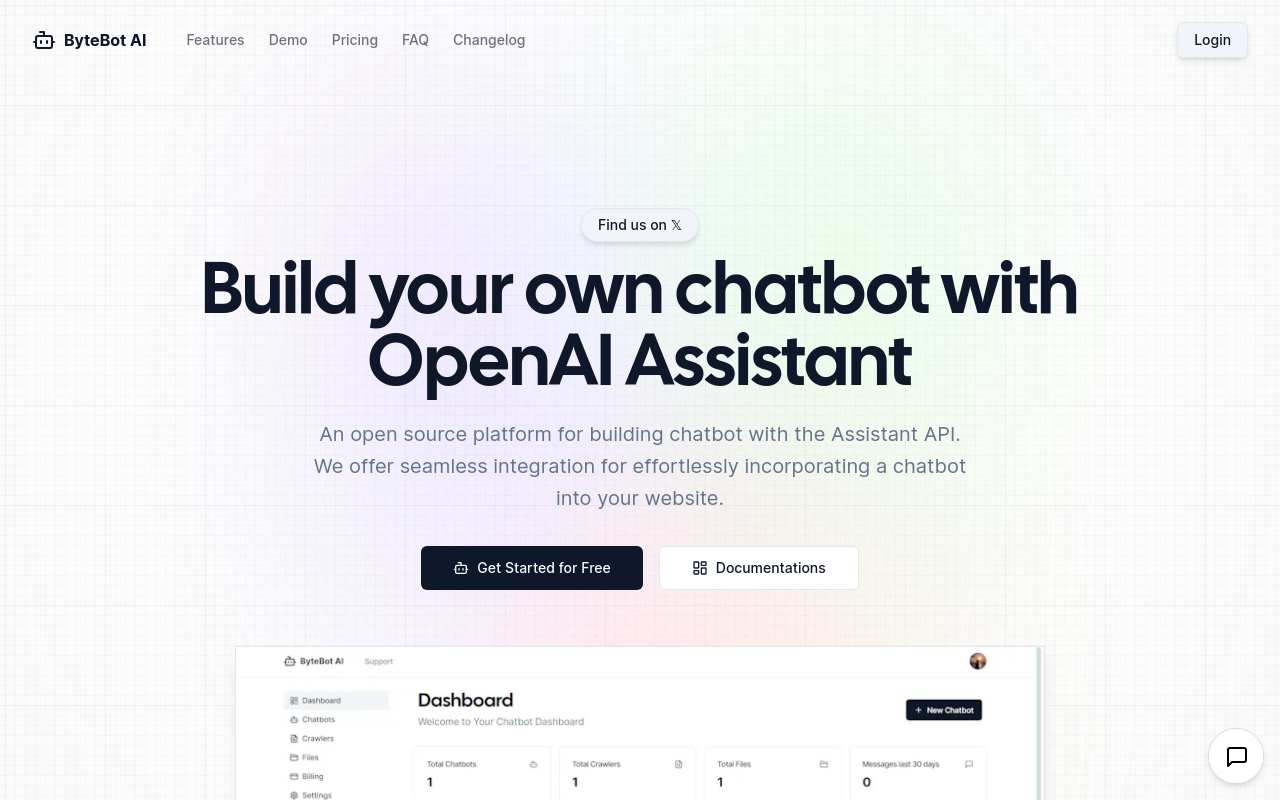OpenAI GPT-4
An advanced language model for natural language processing and generation.
Best for:
- Developers
- Content Creators
- Researchers
Use cases:
- Automated Content Creation
- Customer Support Chatbots
- Language Translation
Users like:
- Marketing
- Customer Service
- Research and Development
What is OpenAI GPT-4?
Quick Introduction
OpenAI GPT-4 is an advanced artificial intelligence language model designed to perform tasks involving natural language processing and generation. It is particularly useful for developers, content creators, researchers, and businesses seeking to automate text-related tasks, generate human-like text, and gain insights from unstructured data. The tool employs state-of-the-art deep learning techniques to understand context, generate coherent text, answer questions, and more. Users can easily integrate GPT-4 into their workflow to amplify productivity, enhance creativity, and make informed decisions based on data-driven insights.
Pros and Cons
Pros
- Versatility: GPT-4 excels in various language tasks, including text generation, summarization, and translation.
- High Quality Outputs: Generates coherent and contextually accurate text that often mirrors human writing.
- Ease of Integration: Can be integrated with multiple platforms and programming environments, making it flexible for diverse use cases.
Cons
- Resource Intensive: High computational requirements can be prohibitive for some users and organizations.
- Cost: Premium access to GPT-4 can be expensive, making it less accessible to small businesses or individual users.
- Ethical Considerations: Possible misuse for generating misleading or harmful content necessitates careful, ethical use.
TL;DR
- Advanced natural language processing capabilities
- Generates high-quality, contextually accurate text
- Easy to integrate into various platforms and environments
Features and Functionality
- Natural Language Understanding: Accurately interprets the context and nuances of user input.
- Text Generation: Creates human-like text, enabling applications like content creation and automated reporting.
- Question Answering: Provides factual and contextually relevant answers based on input queries.
- Language Translation: Supports multiple languages, offering translations that retain the original context.
- Summarization: Condenses lengthy text into concise summaries, helping users grasp key points quickly.
Integration and Compatibility
GPT-4 integrates seamlessly with platforms like Python, JavaScript, and popular web frameworks. It supports API access, allowing integration into various software ecosystems, including web applications, mobile apps, and cloud services. Compatibility with development environments like Visual Studio Code, Jupyter Notebooks, and Google Colab further enhances its utility. This broad compatibility means it can be embedded into existing workflows with ease.
Benefits and Advantages
- Enhanced Creativity: Assists in brainstorming and developing creative ideas through text generation.
- Productivity Boost: Automates repetitive text-related tasks, saving time and effort.
- Decision-Making Support: Analyzes text to provide valuable insights, aiding in data-driven decision-making.
- Scalability: Efficiently handles large volumes of data, making it suitable for scalable applications.
- Multilingual Support: Breaks language barriers with accurate translations.
Pricing and Licensing
OpenAI GPT-4 offers a tiered pricing model. There are different levels of access based on usage requirements. The pay-as-you-go option allows users to manage costs effectively by only paying for what they use.
Do you use OpenAI GPT-4?
Additionally, business plans are available for higher volume users with advanced needs. Free trials or limited access options may be available to new users, offering an opportunity to explore the tool’s capabilities before committing to a subscription.
Support and Resources
Users have access to comprehensive support options, including detailed documentation, tutorials, and a robust community forum. OpenAI provides responsive customer service to address technical issues and inquiries. Regular updates and active community engagement ensure users are well-supported throughout their experience with GPT-4.
OpenAI GPT-4 as an Alternative to Google BERT
OpenAI GPT-4 outshines Google BERT in natural language generation and more complex conversational contexts. While BERT excels at understanding text and certain specialized language tasks, GPT-4’s text generation capabilities are superior, making it ideal for content creation and human-like interaction applications. Its broader functionality and ease of integration with various platforms give it an edge for developers seeking a comprehensive language model.
Alternatives to OpenAI GPT-4
- Google BERT: Best for users needing strong language understanding capabilities, especially in search and classification tasks.
- GPT-3: A viable alternative for users who do not need the latest updates from GPT-4 but still require powerful text generation.
- Hugging Face Transformers: Suitable for those looking for open-source models which can be fine-tuned for specific tasks without the premium costs associated with GPT-4.
Conclusion
OpenAI GPT-4 is a powerful and versatile language model that enhances productivity, supports decision-making, and fosters creativity through its advanced text-processing capabilities. It stands out with its ease of integration, high-quality outputs, and comprehensive support options. While it may be resource-intensive and relatively costly, its benefits make it a valuable tool for those requiring sophisticated language generation and understanding features in various applications.
Similar Products
ContentSpark
ContentSpark is an AI-powered content creation tool designed to streamline the writing process for marketers, content creators, and businesses.



